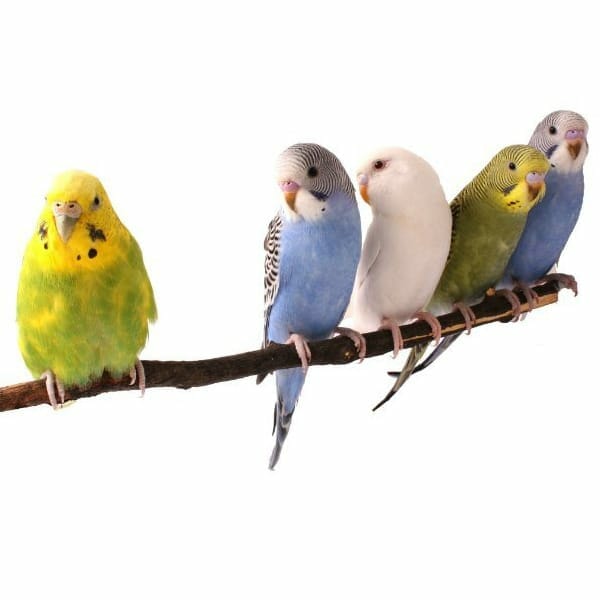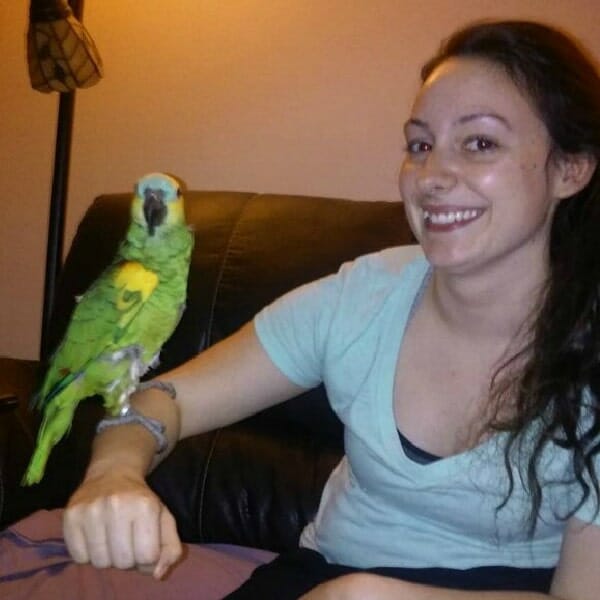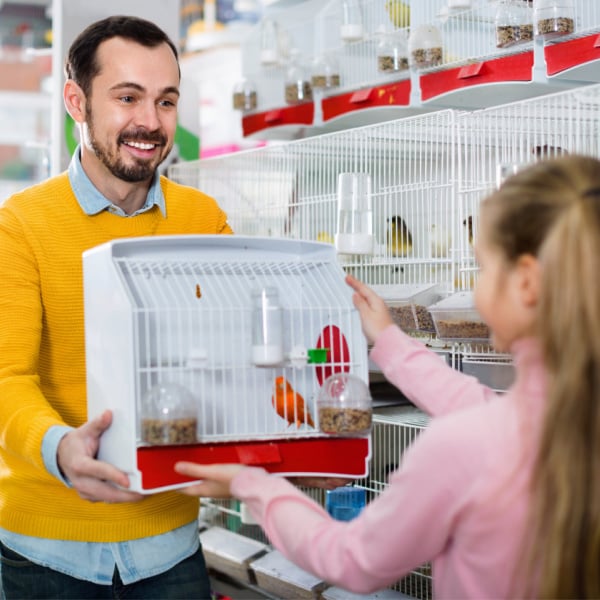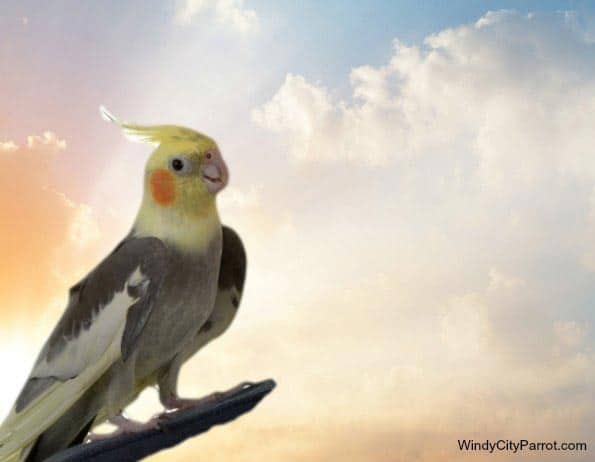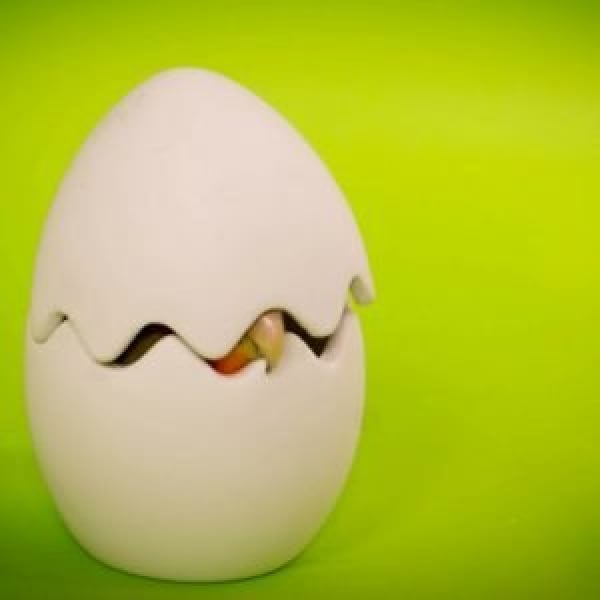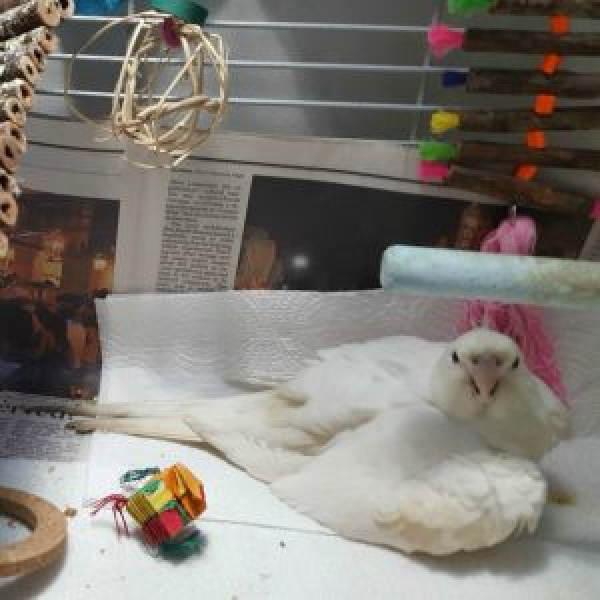Light Up Your Bird Cage with Florescent Budgies a Gift from NASA
Okay, that’s a bit of a stretch but if you could see what budgies see – not so much.
A couple of weeks ago we talked about not fully understanding the effects of ultraviolet lighting on our birds. Something that not a lot of us including myself fully understand.
Leave it to NASA to set the record straight on the correlation between parrots and the center of our galaxy. Admitted science geek that I am, lots of interesting content cross my desktop daily.

